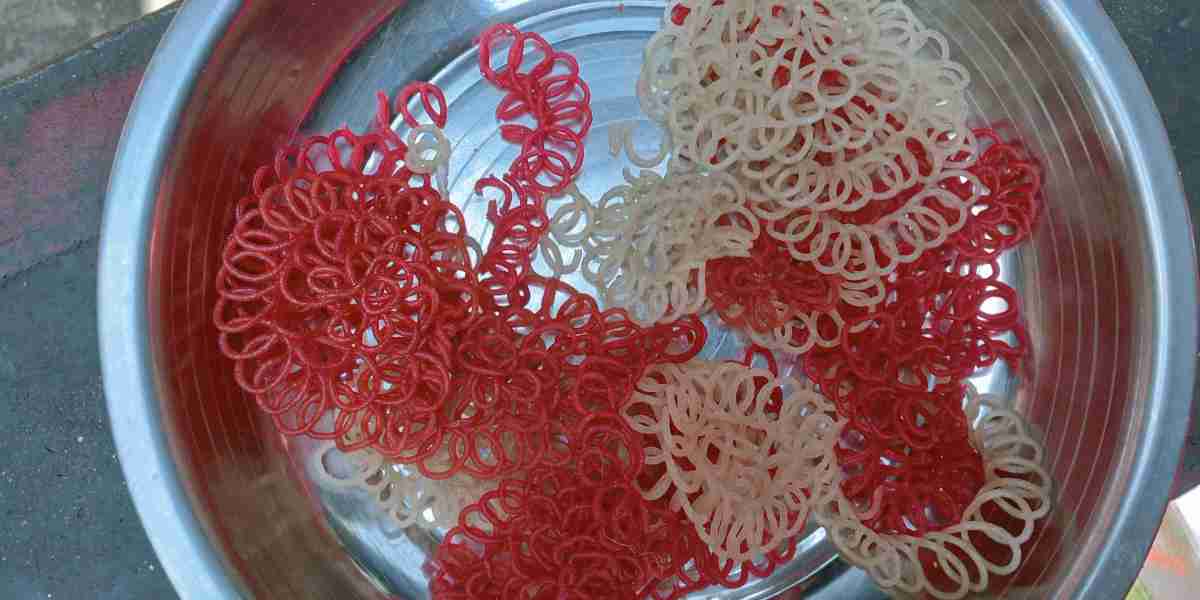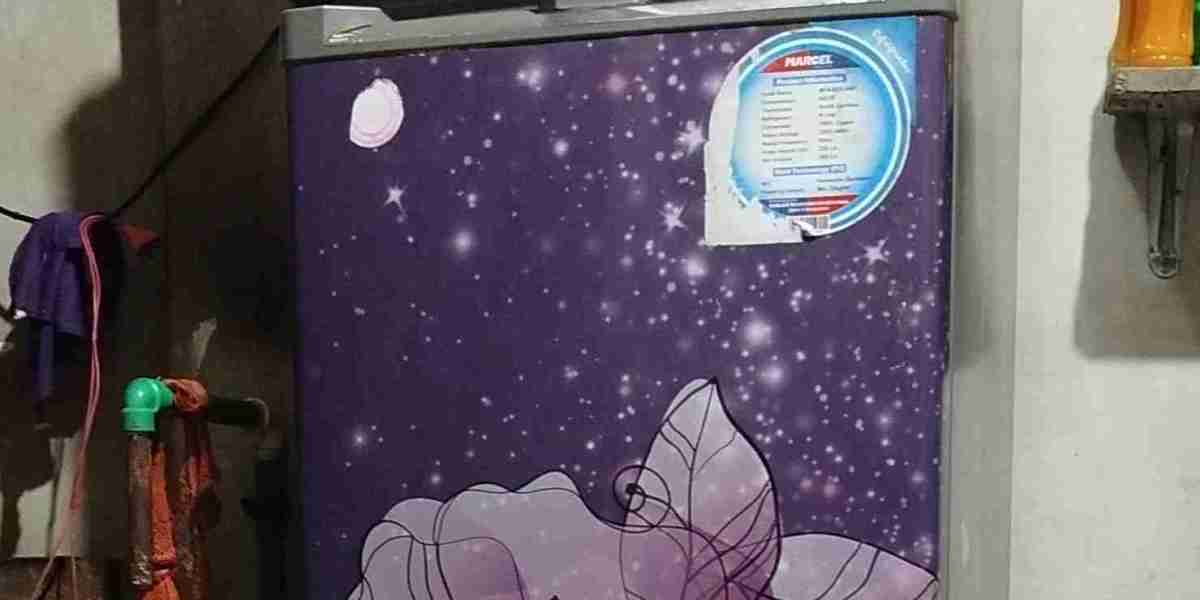Switchoras are very clever birds. Looks very nice too. Kajol is drawn in everyone's eyes. Very long and curved lips. bright eyes It is very beautiful when it flies to catch insects. By flapping their wings, they can float in the air like an airplane. Can fly at any angle. For insects and pests, they get camels in small trees, bushes and shrubs. The voice is sweet. 'Too too too, chit chit chit' type of call. Likes to be in groups, also sits on the ground.
Switchora bird
Switchoras are characterized by long wings, short legs, long tail, long beak and eyes. Male and female birds look alike. Although they are insectivores, they also eat bees - 15% of the total diet. Their English name is Bee eater. Of course, they love to eat bees. Not just bees, but any insects they catch in flight, the sound will be 'chaat'. There are 24 types of switches in the world. The size of the smallest is 6 inches, the largest is 14 inches. All have the same behavior, flight pattern, nest structure and food list. Everyone has an excess of green color in their body. They make their nests by digging holes in the soil on the banks of hills and rivers.
There are 4 types of switchora birds:
1. Chestnutheaded Bee-eater, Merops leschenaulli
2. Bluetarited Bee-eater, Merops Philippinus: They are also about 22 cm long.
3. Green Bee-eater (Merops orientalis): They are about 21 cm long.
4. Blue Bearheaded Bee-eater (Nyctyornis athertoni): No needles. Their size is 35 cm.
Nesting season in our country is all other seasons except Monsoon and Hemant. Nests twice a year. They are very careful when choosing a place to live. Place selection takes 2-6 days. Both of them dig a hole with their lips and feet. Keep the mouth of the hole small, it gradually increases inside. Where the eggs are laid, they become quite round. Burrowing is completed in 4-7 days. Eggs are laid at 6 o'clock. More or less. However, in 80% of cases, the eggs are those 6.
The two take turns to give it to the egg. Eggs hatch in 21-27 days depending on the species. At this time, even if it rains or floods, their holes will not sink, water will not accumulate. One can't help but be amazed at the way the hole is dug considering the soil and all aspects. During the day, perhaps the eggs of the blue-leg switchora, photo taken from Dulahajra Safari Park area, there was heavy rain, they could not eat, but at night, they may be on foot, I saw them flying around in search of food. I have also seen them fall under the grip of bhutum and forest cat.


















































